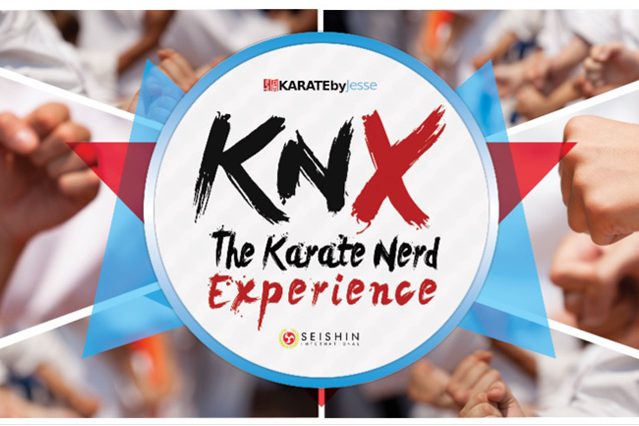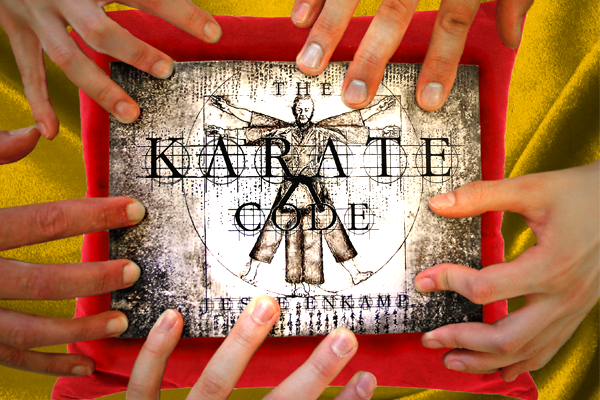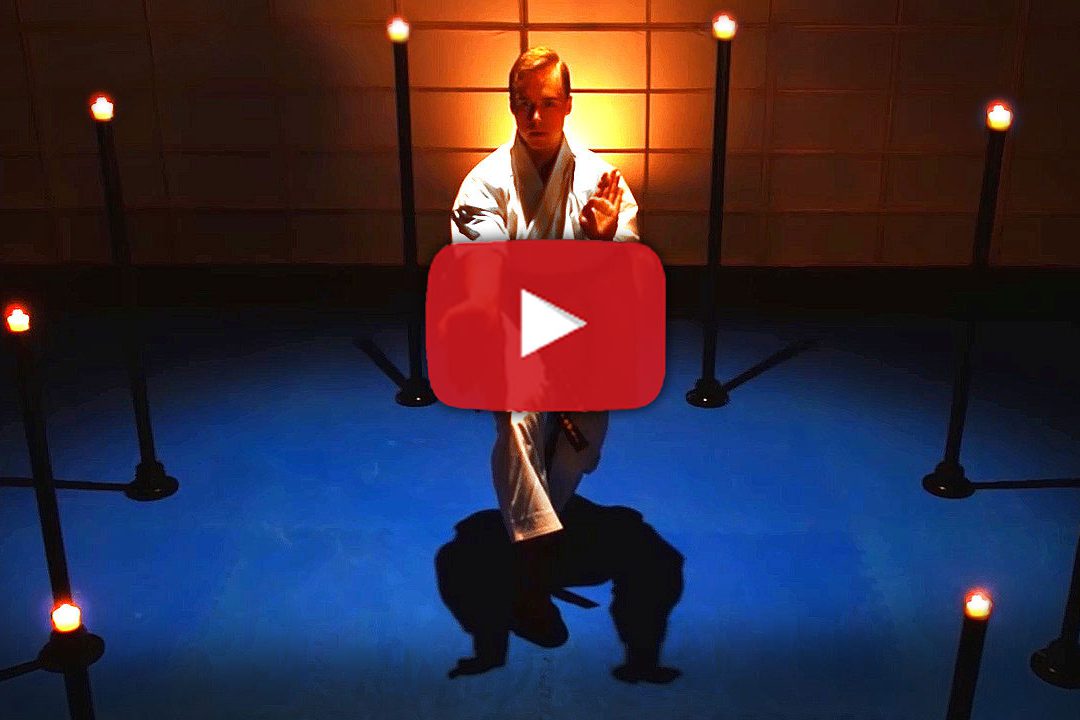I hope everyone seriously training Karate knows who Mabuni Kenwa was.
Because, no matter what “style” you practise, it’s important to know a little about the pioneers of Karate. Even if you hated history in school, or if you “couldn’t care less about some dusty old fart” chances are that those men influenced what you are training today, in some way. And as we all know, knowing the past is to know the future (as expressed in the Japanese proverb “On ko chi shin”).
So before I get on with the real topic, I’ll give you a brief background of the man himself, Mr. Mabuni Kenwa. This is a really short biography:
Born in Shuri on Okinawa in 1889, Mabuni Kenwa was a descendant of a famous Onigusukini Samurai family. In the age of 13, he began learning Karate under the famous master Itosu Anko (1831-1915). Some years later, he started to learn from another famous teacher, master Higaonna Kanryo. This is why Shito-ryu (the name Mabuni chose to represent his teachings) focuses on both hard and soft techniques to this day, and has so many kata.
Although he remained true to the teachings of his two main masters, Mabuni sought instruction from a number of other teachers; including Seisho Aragaki, Tawada Shimboku, Sueyoshi Jino and Wu Xianhui (an interesting Chinese master known in Japanese as as Go-Kenki).
This made Mabuni legendary for his encyclopaedic knowledge of both Karate and Kobudo. By the 1920s, he was regarded as the foremost authority on Okinawan kata and their history, and was much sought after as a teacher by his contemporaries.
Okay, that should do it.
Let’s get to the point. Because not only was Mabuni a Karate genious and philosopher, he was also a writer, and authored a bunch of articles, texts, poems and books. And there are some gems there. One of those is his “Yo Ryu Bi”:

Yo Ryu Bi was a philosophy, or theory, that Mabuni strongly insisted upon. What does it mean? We can most easily understand this if we examine the kanji (sino-japanese “alphabet”) that form the phrase. To do this, I have used a Japanese dictionary, to look up the individual signs (kanji).
Lets start with the sign Yo:
Meanings: Utilize, Use, Employ.
Is used in the following example words: Practical use, Application, Making use (of)
Okay, so the first sign, pronounced Yo, seems to mean “to use”, or “do” something, in a practical sense.
Lets move on to the next sign, Ryu:
Meanings: Current, Stream, Flow
Is used in the following example words: Flowing through, Overflow, Airflow
The second sign, pronounced Ryu, seems to mean flowing, like a stream or current
Finally, let’s look at the third sign, Bi:
Meanings: Beauty, Beautiful
Is used in the following example words: Art, Aestheticism, Esthetic, Natural beauty
That wasn’t so hard. It seems to mean simply “beauty”, or something pleasing the eye.
Now comes the hard part. What does all of this mean?
I know! It must mean Karate makes you beautiful if you use it when you flow…? No?
No. Maybe not.
The trick when trying to understand a koto-waza (Japanese proverb) is that the meaning always is more than the sum of its parts. In other words, 1+1=3. You need imagination, understanding of the background, language, maybe the environment and culture, and sometimes much more. Luckily, Mabuni left an oral testimony to the meaning of Yo Ryu Bi. My very own understanding is this:
A perfect technique should have three elements. First of all it should be practical (Yo). Otherwise, what’s the point of doing a technique? Putting all of your effort and strength (mental and physical) into every single technique will make them most practical. This is the base, step one. The technique simply needs to be practical. I don’t need to explain this further, because it is obvious. But the technique is still not perfect.
Next, it should have a flow (Ryu). Because a single action alone won’t suffice. Coming to a halt, physically, will ruin everything. And – more importantly – coming to a halt mentally will mean certain failure. That is, when executing a technique, make it practical, Yo. But don’t stop there. Have a flow, a flexible mind, because you may need to change everything in an instant. Having flow makes you able to take your movements to the next level in a flash, without interrupting the spirit. And you will still be focusing your mind, like a chessplayer, thinking of possible follow-ups and counters. Because you can adapt, flow. One tehnique or a hundred, it doesn’t matter to you.
What do we have left? Beauty (Bi). This is what will ultimately come if you have followed the two previous steps. This completes the technique, making it…
Perfect.
Personally, I have only (barely) seen a handful of people who has all three elements. You will maybe experience it someday too. Because it really is an experience just to see it.
Goose bumps…
Now imagine a technique lacking one of these three elements. It can be a single punch, or a block, or a kick… or lock or throw! I think you all have seen it (maybe even in the mirror?): Someone (maybe in a stars and stripes suit, with a golden belt and screaming really loud) does a seemingly perfect flying 720 degrees flying tornado-super-spin-kick. It looks beautiful to the untrained eye. But you know it lacks Yo. And does he have Ryu? Probably not.
Sure, he may disagree if you tell him that his “super flying kick” wasn’t perfect. To him if may very well have been perfect.
But you know better. You know that a perfect technique needs practicality and flow, and only then can a technique bloom, and become beautiful, making it perfect.
Remember, you have one of the greatest Karate pioneers on your side.
Mabuni Kenwa.



4 Comments